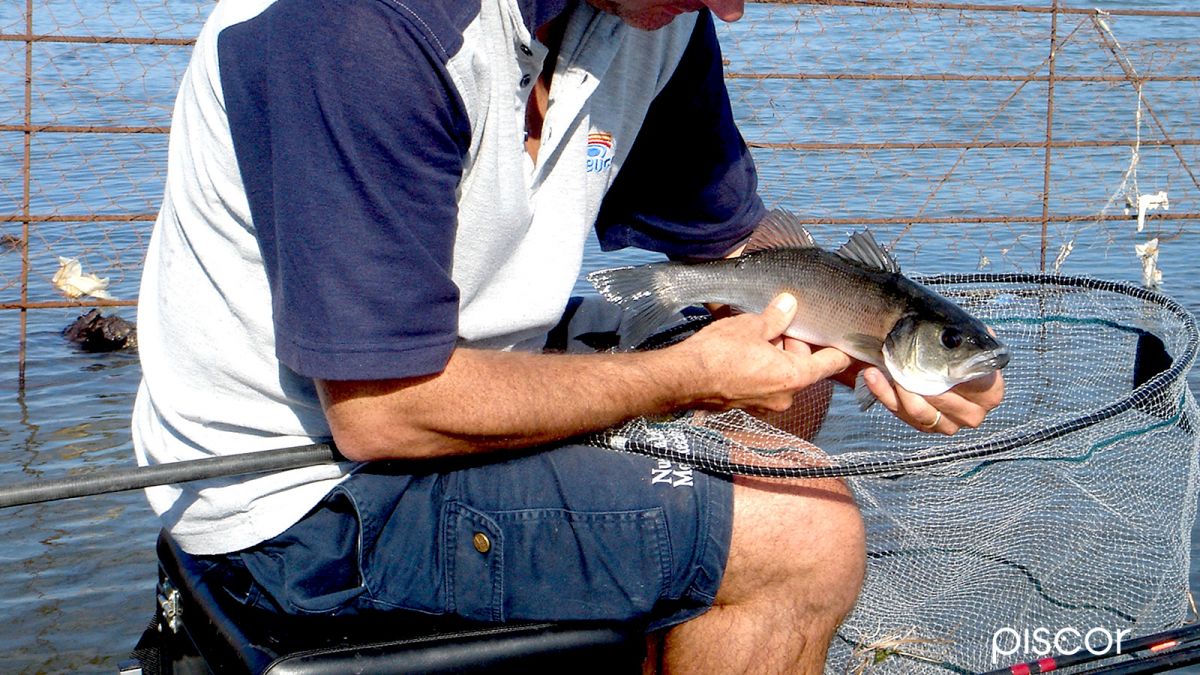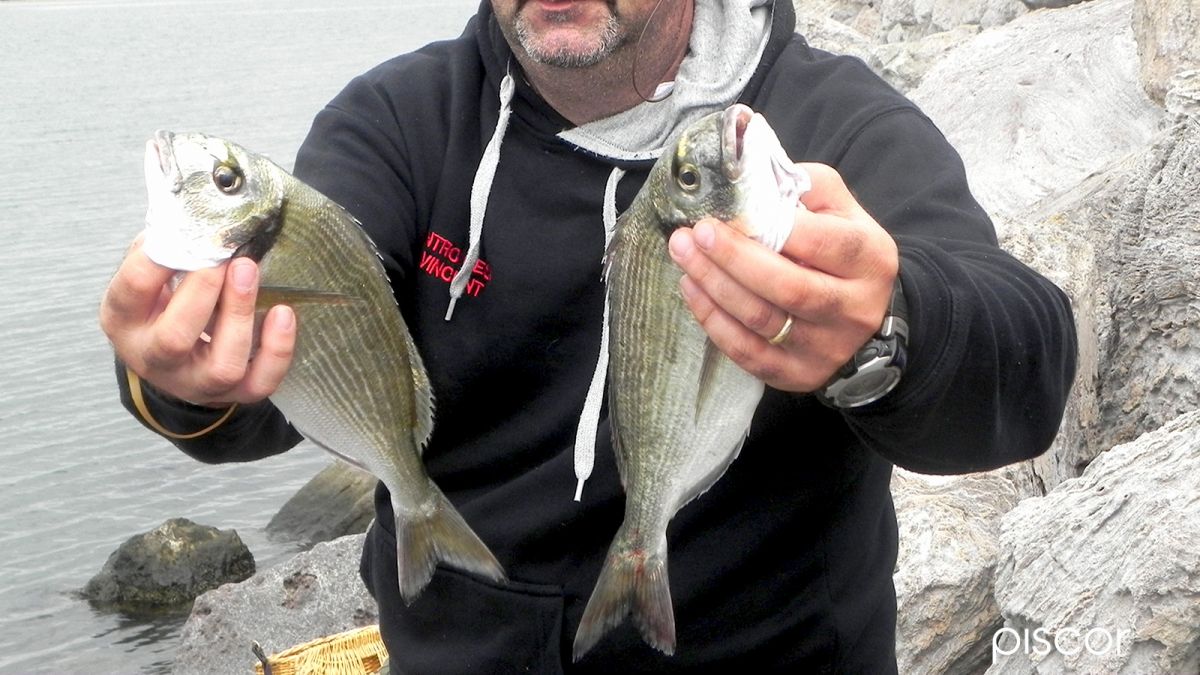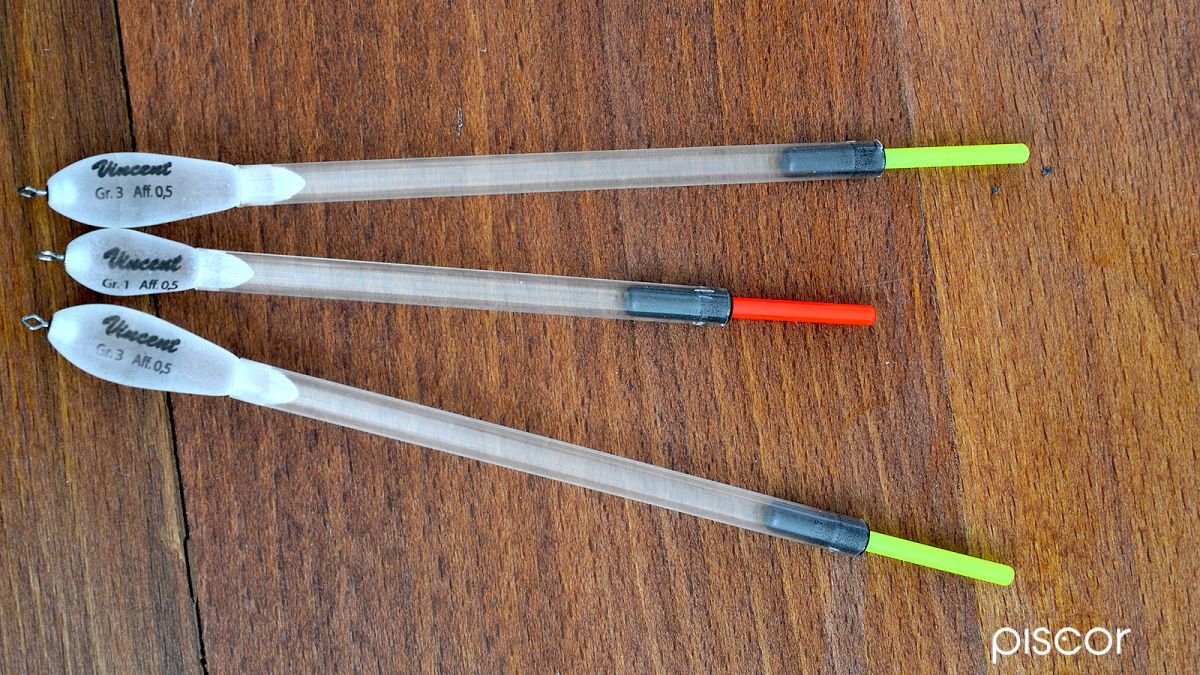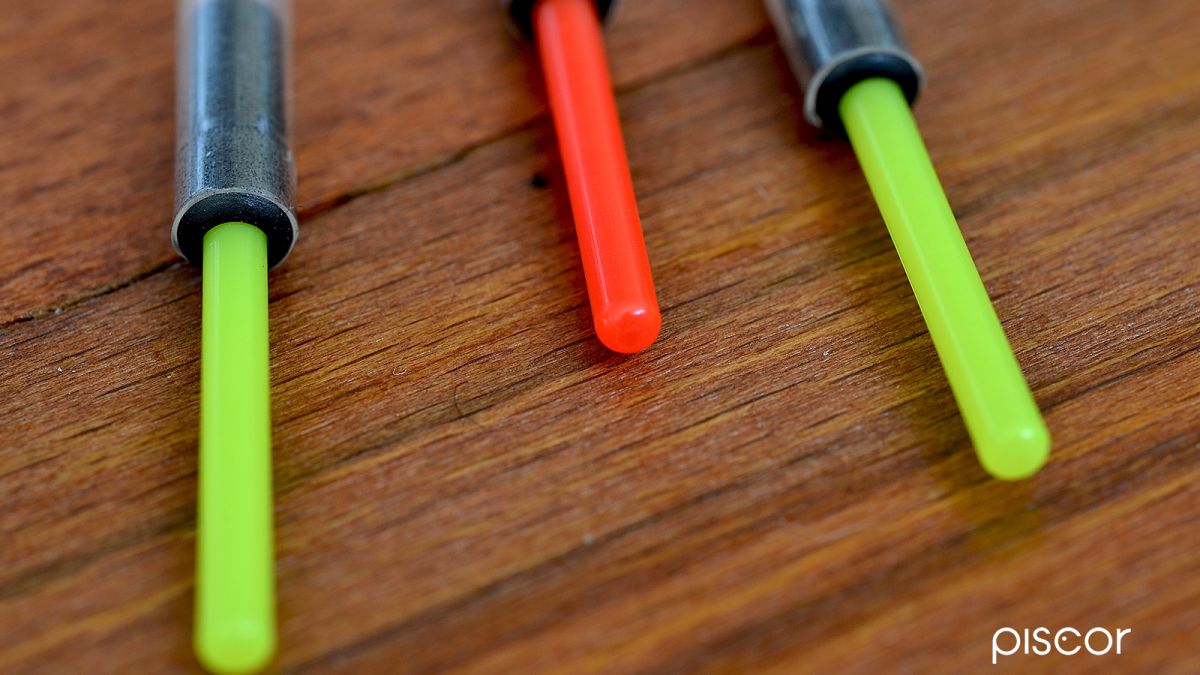English fishing has quickly conquered even the fishermen who practice the sea and the mouths for the enormous potential it has, but when you fish in very shallow water a long waggler can create problems, so here's what to do...
Mouth fishing has almost infinite implications, at least as many as there are different situations in which you can find yourself fishing. Those who practice this type of fishing with a certain frequency know very well that places can have very different types and can go from the large mouth with strong currents due to the thrust of fresh water or tidal fluctuations with high depths, to the mouths of small rivers or streams where the water supply of the river is scarce or even zero in summer and the water undergoes horizontal and vertical shifts of little importance. Here, often, the depth does not exceed a metre of height.
The same applies to the canals that flow into the sea, sometimes deep, especially if they are used as ports and with an important movement of water, others similar to the small mouths of which we talked before, then with shallow depths.
Despite the shallow depth, these waters can be well frequented by prey of size, especially by sea bass, because here the small fish, which are the main meal of our predators, abound.
For example, a big-scale sand smelt find here an ideal habitat, but also other species of small size and many juveniles waiting to grow up a bit before taking off. The reason lies in the fact that the shallow depth favours a good illumination of the bottom and of the whole liquid thickness, with the consequence that the phytoplankton and the zooplankton, main foods of the small fishes, abound. The main problem with these places, as far as fishing is concerned, may be that in order to find a minimum acceptable depth, one has to fish very much offshore or, sometimes, over 30 metres.
Fishing with a Bolo rod in a similar situation is almost impossible, because we would be forced to load too much lead in the line and, with a shallow meter of bottom, the line that we should build punches with the most basic logic. So there are only two solutions to reach the point where it is most likely that the sea bass are: ledgering and English technique.
On this occasion we consider the second option that gives us the opportunity to fish perfectly in this season in which any water supplies from the ground are scarce or zero and, as a result, only the tide is responsible for a slight movement of the water.
English fishing, it is almost useless to remember it since it has become popular even among fishermen who frequent the sea and brackish waters, it uses a float, the waggler, applied to the main line for one rig only. Among the various technical implications, what interests us most at this time is that the float is immersed throughout its length in water and since a normal waggler to reach thirty meters away from shore can be twenty-five centimeters long and even more, if it is the straight model, that is, consisting of a simple peacock's pen, you will understand very well that, if you fish in less than a meter of water, a "stick" with an egg at the bottom (the body of the waggler) or not, perhaps even by the colors a little 'bright, immersed throughout its length, would run away with raised fins the most stupid, naive bass just out of the egg.
It is absolutely necessary, therefore, to use floats that are as short as possible to avoid alerting fish that in such shallow waters raise the normal level of attention.
The technical characteristics of the short waggler
The ideal length for a short waggler to reach at least 25-30 meters from shore should not exceed 15-18 cm. This implies that the float must be of the "bodied" type, i.e. it must be equipped with a bulb that must provide sufficient ballast to throw it at the indicated above distance.
Speaking of ballast, this must be at the base of the float consisting of the classic brass rings to calibrate the indicator perfectly, because we will see later when we talk about the line.
A float like the one we have described, with a "stem", in peacock pen or other material so short, will have a big problem, namely that of stability in flight and will tend to skid because what we previously called "stem", during the flight phase has, in a normal waggler, the same function of the tail of a kite, that is to make it fly straight.
A little more than 10 centimeters are certainly not enough for this function and therefore it is necessary that these floats, to be able to fly correctly, are equipped with stabilizing fins as an arrow. And to avoid that the float flaps is of fundamental importance not only to have the maximum precision of the launch, but also because a float that flaps loses much of the energy impressed by the rod and then the launch will be irreparably shorter than we would expect.
The line
It is the simplest in the world, because below the float, fixed to the wire with lead shot, but, even better, with the appropriate fixed attack, there must be no lead. That's why in the part dedicated to the description of the float we said that the waggler must be completely calibrated by the ballast it carries underneath.
At most, you can put a swivel, the smallest possible for the attack of the rig. The use of the swivel becomes almost mandatory in the case of fishing over 20 meters away because the prolonged recoveries of the line would irreparably cause the twisting of the rig and since in this fishery you never use a wire with a diameter greater than 0.14, in a short time we would have the final to be replaced because completely curled on itself.







